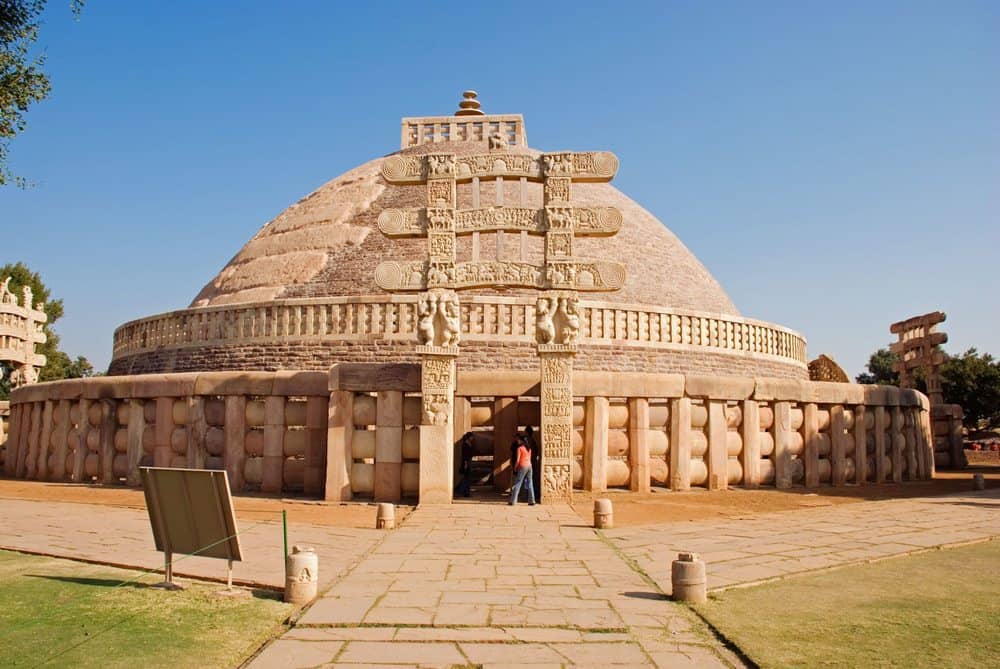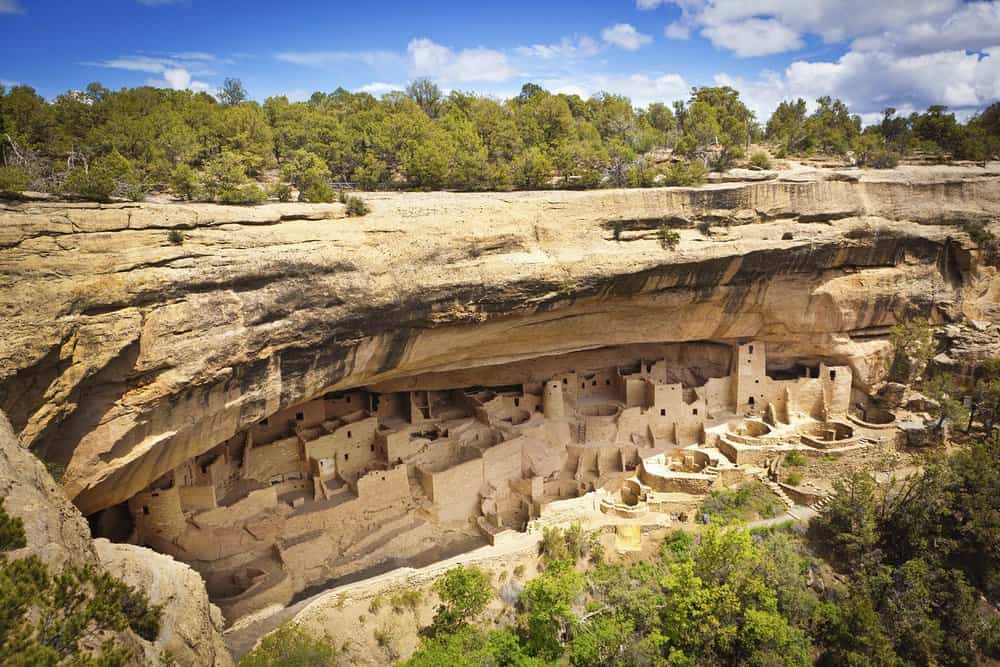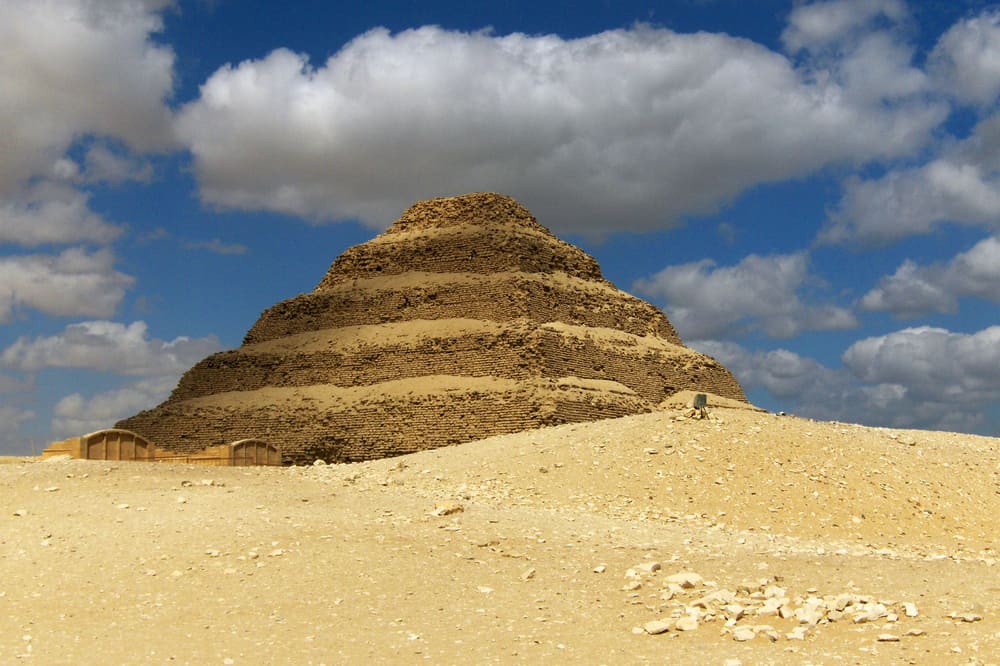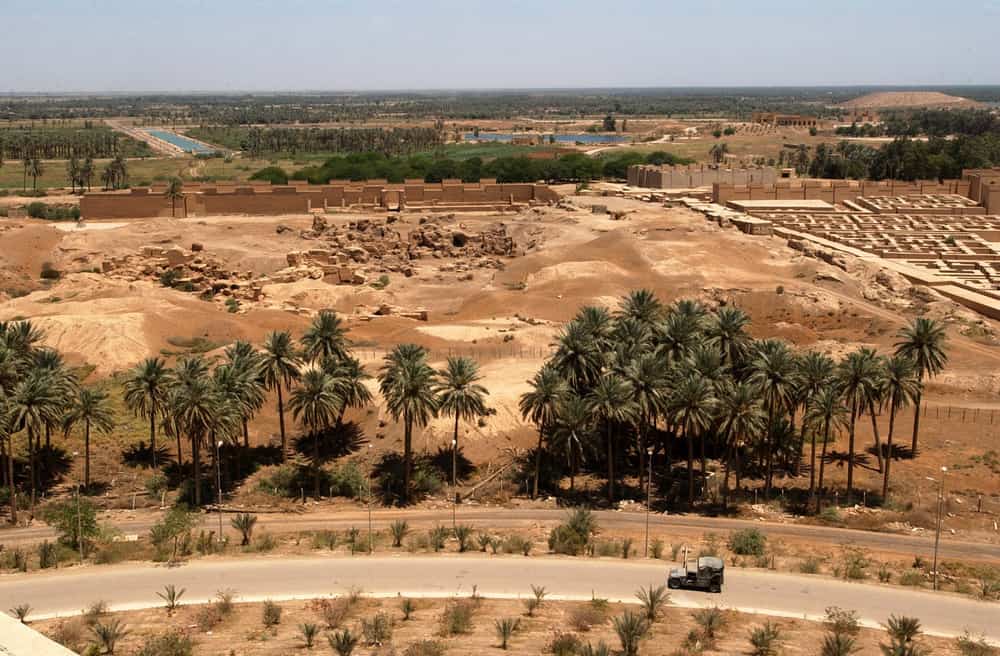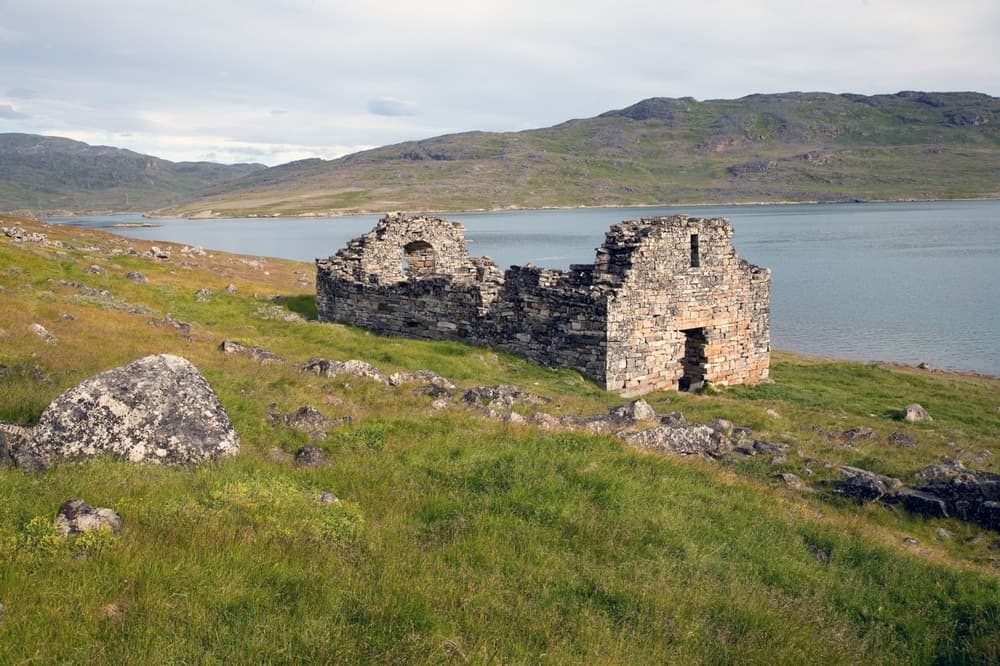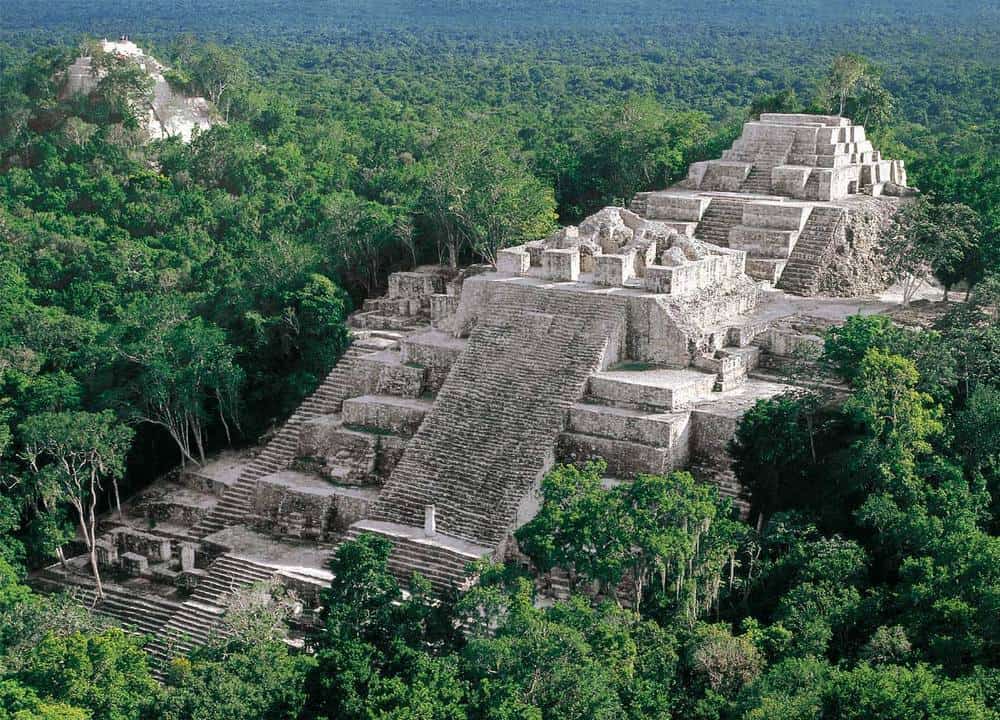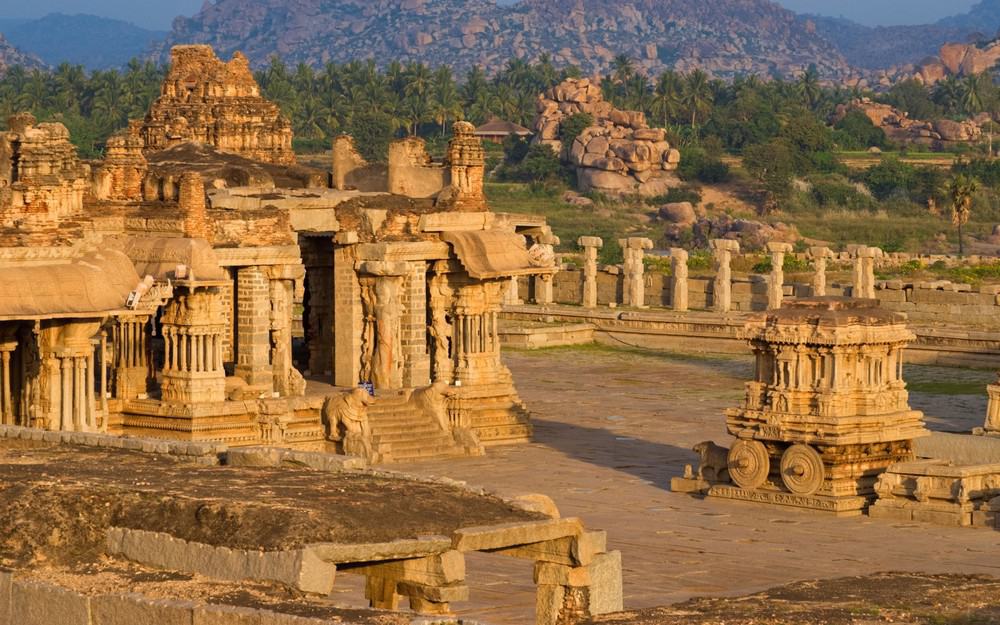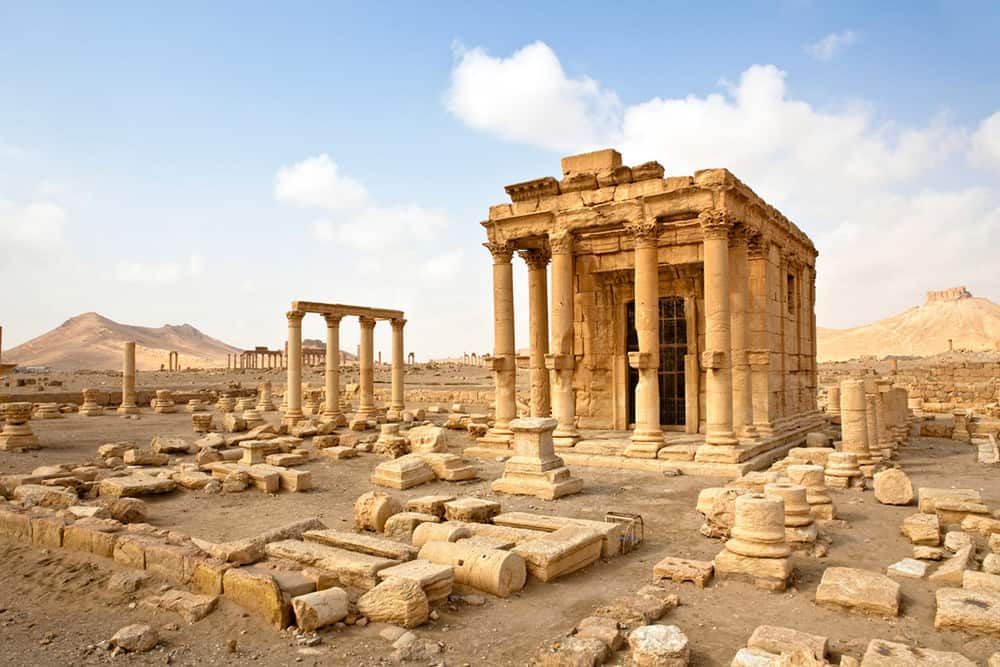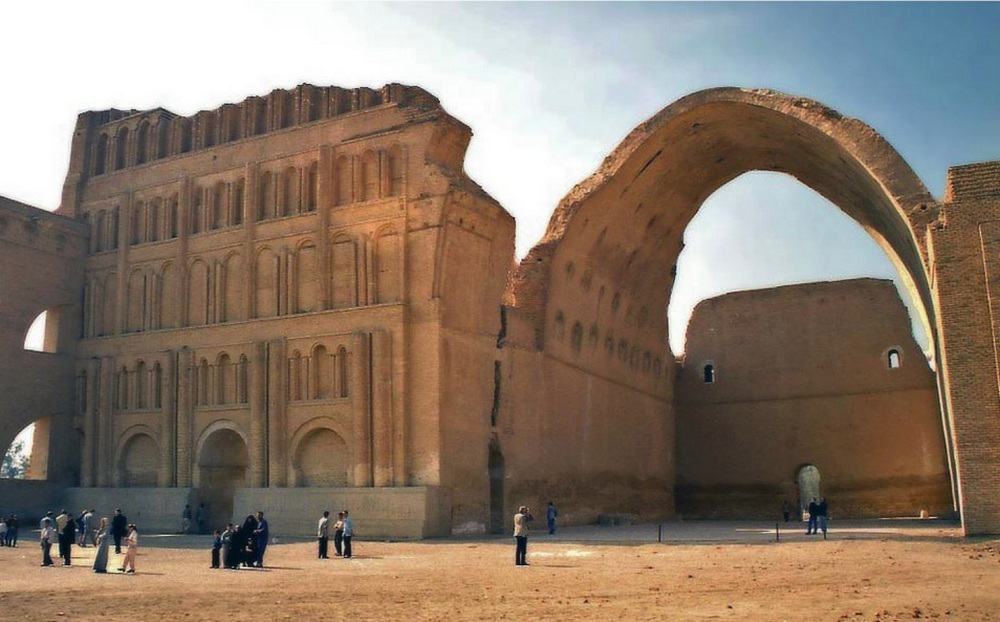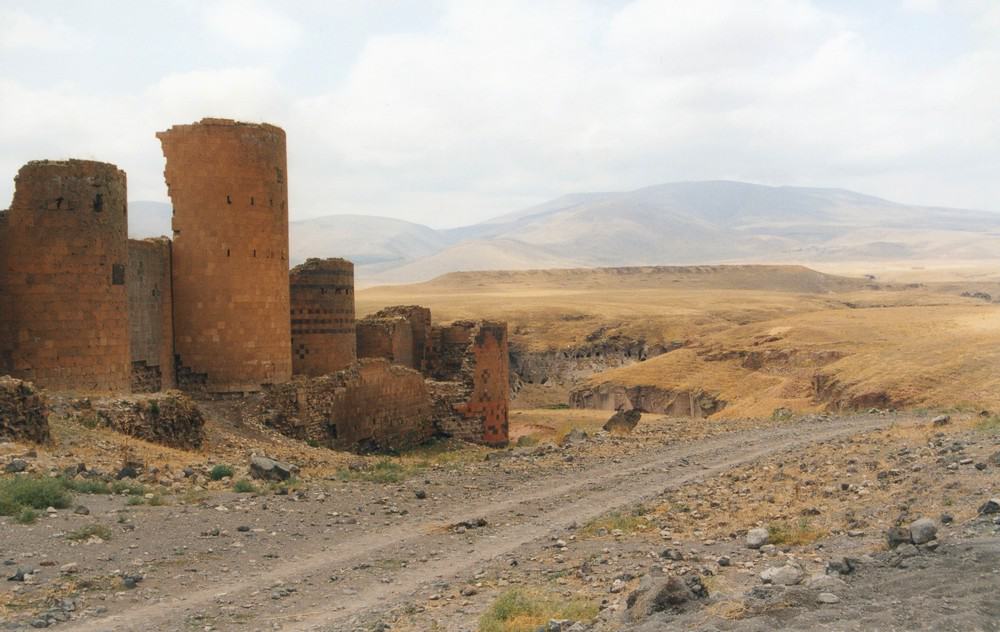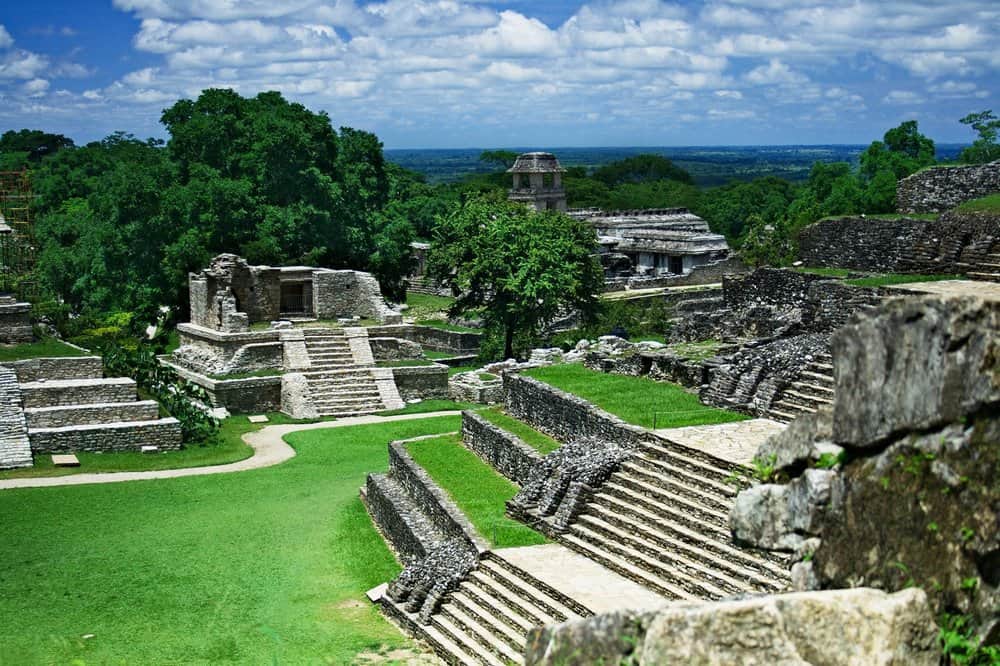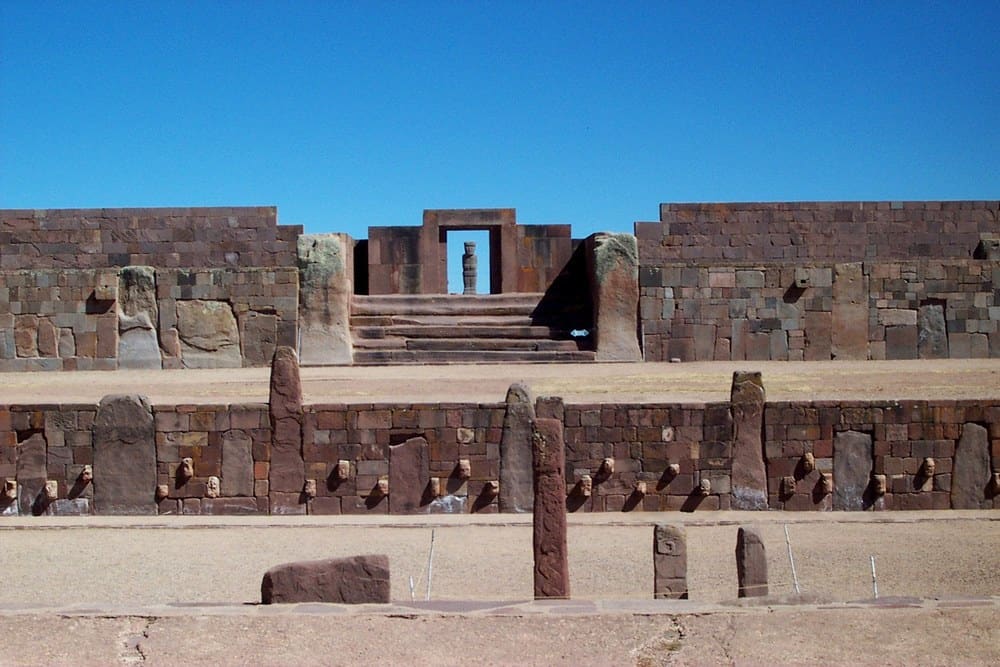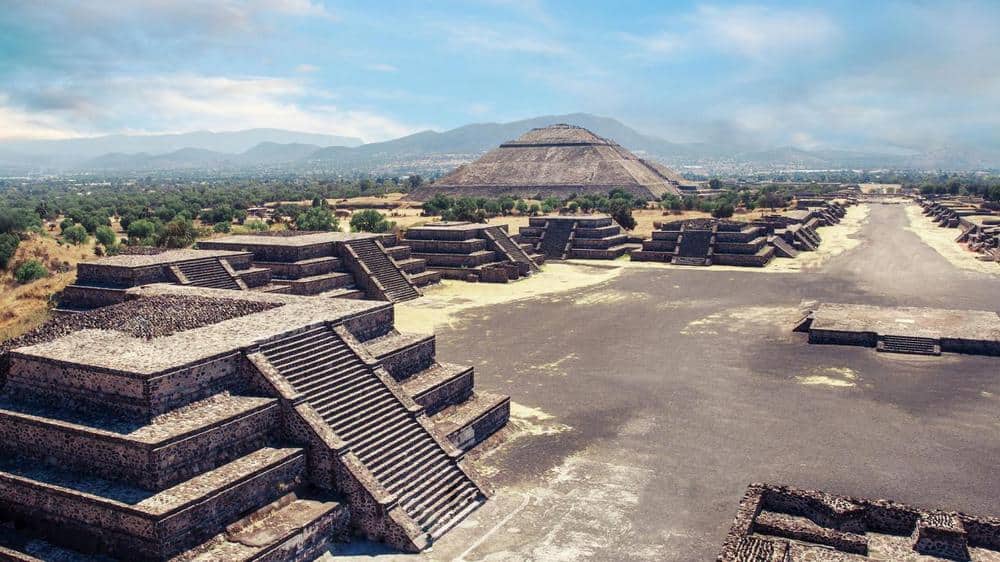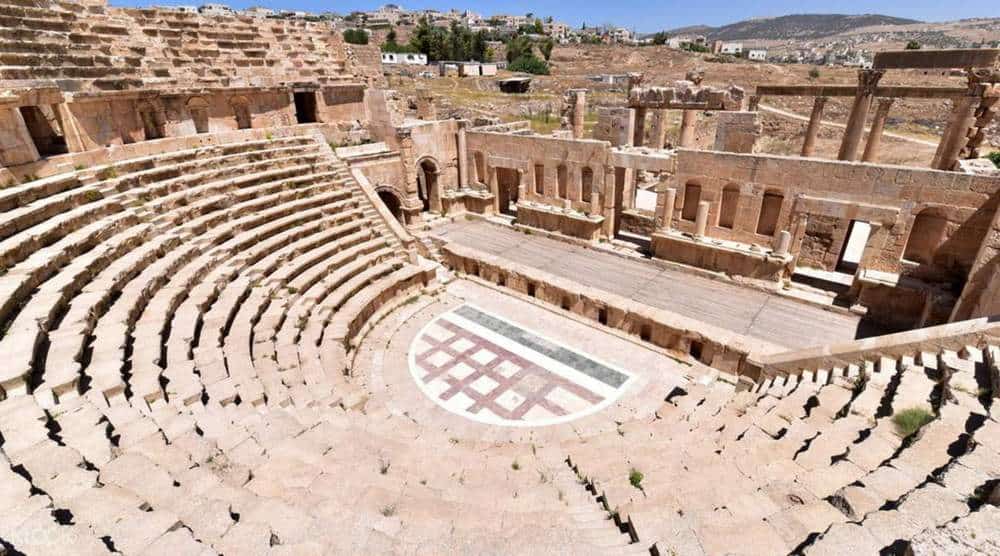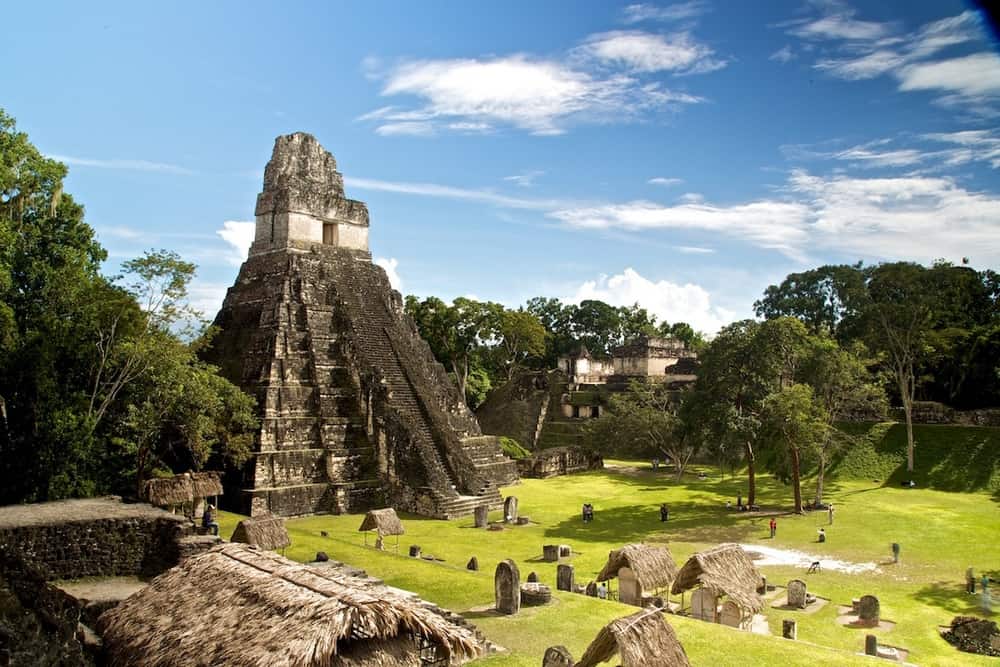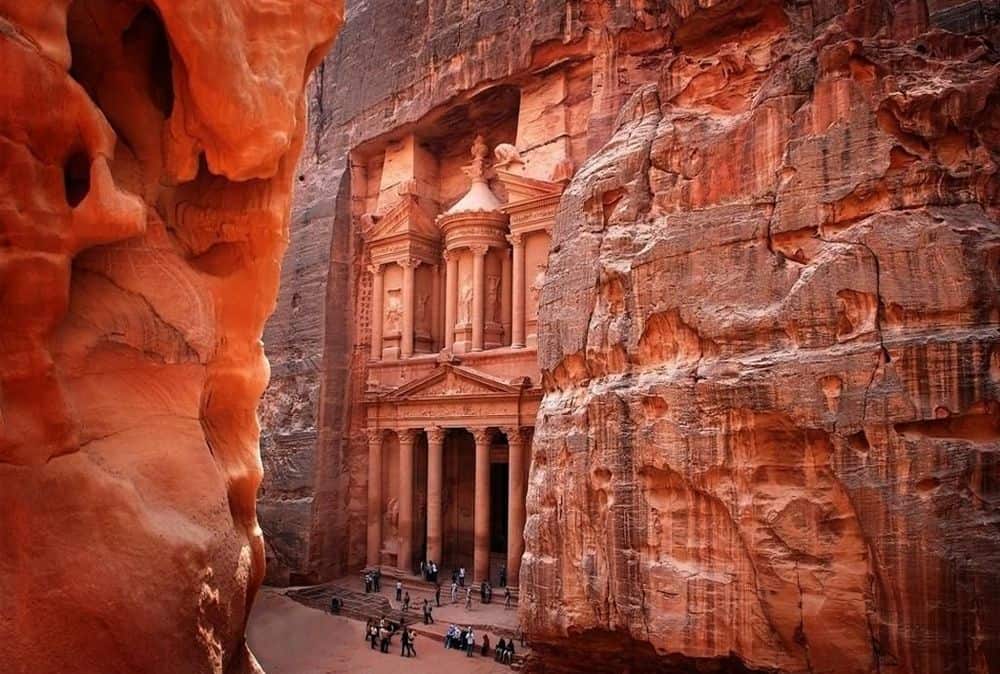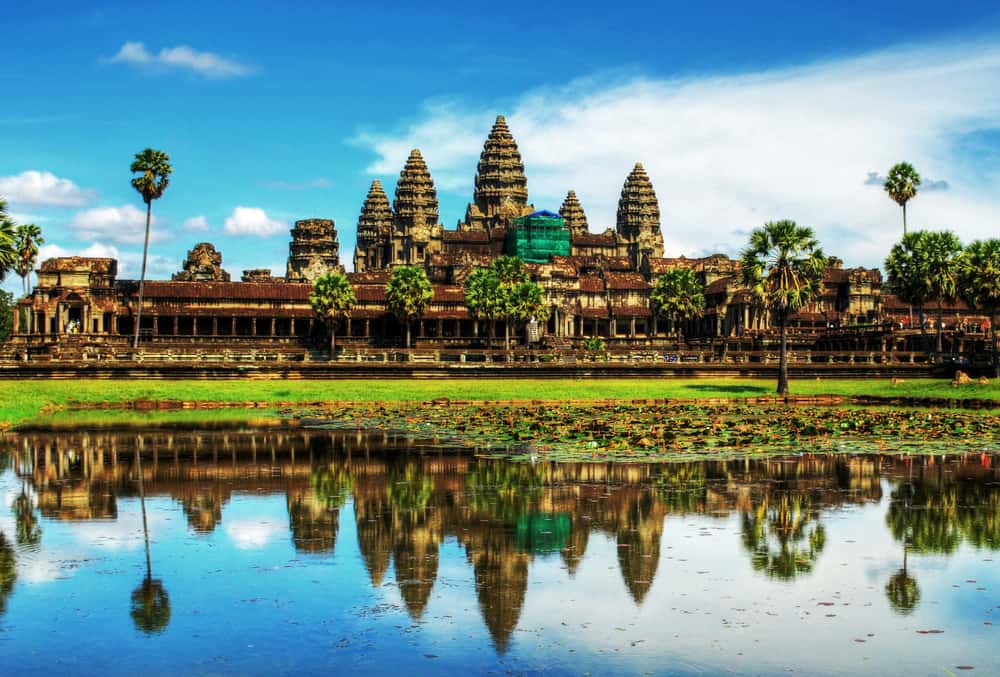We were always fascinated by tales and legends of lost cities or abandoned places forgotten in the depths of time, and history never lacked of stories about them.
Throughout time, explorers ventured into far corners of our world with the hope of discovering such places. From El Dorado, the city of gold, to cities destroyed by natural disasters, war and social upheaval or to Atlantis itself, we were and are continuously fascinated by these tales.
History shows accounts of various forgotten cities, some of them revealed but others, like Thinis, Atil or Gangga Negara that are yet to be discovered, so explorers and historians continue their quests.
But now let’s take a look at The Top 20 Rediscovered Lost Cities:
20. Sanchi Stupa, India
Sanchi was a city located in the Madhya Pradesh region of India discovered in 1818 by a British officer. Found there were stupas, Buddhist temples and monasteries built across time all the way from the 3rd century BC to the 11th century AD. The Great Stupa in Sanchi is one of the oldest stone structures in India and was commissioned by the emperor Ashoka the Great in the 3rd century BC over the relics of the Buddha.
19. Mesa Verde, United States
Nowadays a National Park, Mesa Verde is one of those lost cities, home to some of the best Ancestral Puebloan sites, located in the Montezuma County, Colorado. Built under rock overhangs back in the 12th century, the cliff dwellings have up to 150 chambers each, but due to the environmental instability with severe droughts, the inhabitants abandoned the area and moved to other places in Arizona and New Mexico. The last of them left the area back in 1285, so the dwellings remained untouched for a long time.
18. Persepolis, Iran
Persepolis was the capital of the Achaemenid Empire, 60 km northeast of Shiraz in Iran, and it’s home to some of the last remaining samples of the Achaemenid architectural style. A UNESCO World Heritage Site since 1979, the history of the place goes back to the year 515 BC, when it was built by Darius I. At first it was the capital of Persia and then a province of the Macedonian Empire. The city was discovered and revealed by the French archaeologist Andre Godard during the 1930’s.
17. Memphis, Egypt
Founded in 3100 BC by the pharaoh Menes as the administrative capital of ancient Egypt, Memphis was placed in a strategic position at the mouth of the Nile delta. It housed the great temple of the god Ptah, its protector, but lost its religious significance when the city of Alexandria started becoming more important as the seat of Christianity in the region.
16. Babylon, Iraq
Babylon, the capital of Babylonia, situated on the Euphrates River, is known to have been the largest city in the world between 1770 to 1670 BC and from 612 to 320 BC with a population of over 200,000. After the unrest of 1180 BC, it continued to exist as an important city in the Assyrian Empire and it was renowned for its luxury during the rule of Nebuchadnezzar, the builder of its famous Hanging Gardens. Today, the remains of Babylon can be found in Hillah, Iraq.
15. Hvalsey, Greenland
Hvalsey was the largest Viking settlement in Greenland, home to about 4,000 inhabitants at the height of their power. They settled somewhere around the year 985 AD and remained there until 1408, when the last records attest a wedding that took place in the church. Afterwards, the settlement was probably abandoned.
14. Calakmul, Mexico
One of the largest cities of the Maya civilization, Calakmul was discovered by Cyrus Lundell in 1931 deep into the jungle of the Peten Basin region, in the Campeche state of Mexico. The archaeologists estimate that it had a population of 50,000 people and a total of 6,750 structures, some of which are the largest Mayan pyramids in existence. The monumental architecture of the city made it one of the most important discoveries in the region and a UNESCO World Heritage Site since 2002.
13. Vijayanagara, India
One of the largest cities in the world through the 14th and 16th centuries, the Indian city of Vijayanagara was attacked and conquered in 1565 by the Muslim kingdoms. The city and its Hindu temples were obliterated in a few months and the city was never reoccupied or rebuilt. Located in the Ballari district to the north of Karnataka, its ruins are today a UNESCO World Heritage Site since 1986. The name translates to the ‘City of Victory’ – ironic when you think of its history.
12. Palmyra, Syria
With a name that means ‘city of palm trees’, Palmyra was one of the cities that linked the trade routes between Persia and the Mediterranean ports, serving an important role during the Roman Empire. When the Sassanids occupied the mouths of the Tigris and Euphrates rivers, the trade in the area declined and later on, in 634, Palmyra was captured by the Arabs, which led to its decline. The city was discovered in the 17th century.
11. Ctesiphon, Iraq
One of the largest cities in the world during the 6th century, Ctesiphon – part of Mesopotamia, came under numerous attacks throughout its history, first from the Romans and then from the Byzantines, until it finally fell to the Islamic conquest of Persia in 637. The capital then moved to Baghdad, leaving the city deserted. Found on the territory of today’s Iraq, the great city of Ctesiphon has only the arch Taq-I Kisra as its witness for everything it’s been through.
10. Ani, Turkey
The capital of Armenia back in the 10th century, Ani was named the city of 1001 churches due to the large number of medieval churches existing there. The city had a population of up to 200,000 people at its peak time and used to be the capital of the country until the Mongol invasions of the 13th century led to the city’s decline and abandonment. Located in today’s Kars province of Turkey, Ani offers some great samples of medieval architecture.
9. Palenque, Mexico
Palenque is a small abandoned Mayan city, one of great importance due to the exquisite architecture and sculptures discovered there dating from between the 600 to 800 AD. The inhabitants of the city lived on agriculture and after they left it, the city fell prey to the jungle. The archaeologists had to work to reveal the burried carvings and buildings in Palenque which became the most studied and written about Mayan site.
8. Tiwanaku, Bolivia
Located on the shore of Lake Titicaca in Bolivia, Tiwanaku was an important religious center from 300 BC to 300 AD, drawing many people to its gates. The city grew into one of the most powerful dwellings of the Andes and by the 9th century it’s estimated to have had over 30,000 inhabitants. But due to a climate change in 1000 AD and the growing scarcity of the food in the area, Tiwanaku was abandoned.
7. Troy, Turkey
Described in the Iliad of Homer as the focus of the Trojan War, Troy went through destruction, rebuilding, decline and in the end abandonment according to the story. The lost city was found back in 1865 by the British archaeologist Frank Calvert in northwest Anatolia, Turkey.
6. Teotihuacan, Mexico
Much renowned for its pyramids, Teotihuacan was an Aztec city at the peak of its glory before the 6th century AD when the climate change led to severe droughts and the abandonment of the city. The Aztecs continued to honor it as a place of pilgrimage and nowadays it’s the most visited archaeological site in Mexico.
5. Pompeii, Italy
One of the most known tragedies in history, the eruption of Vesuvius volcano in 79 AD left the Roman city of Pompeii abandoned. The ash preserved its buildings and allows for a unique insight into the daily life and habits of its inhabitants. The city was discovered in 1599 and rediscovered in 1748 again by the engineer Rocque Joaquin de Alcubierre. Since then on, it serves as one of the most popular tourist attractions in Italy.
4. Tikal, Guatemala
With a population that reached 200,000 inhabitants between 200 and 900 AD, Tikal was the largest Mayan city, but the erosion of the region and the deforestation led to a severe decline of its population and by 950 AD the city was almost deserted. The rain-forest then kept growing back and nobody but a few locals knew about the existence of the city anymore. It was discovered in 1848 by Modesto Mendez and Ambrosio Tut, the commissioner and the governor of Peten.
3. Petra, Jordan
Petra was the capital of the Nabateean kingdom, carved in the Wadi Musa Canyon. Several earthquakes led to a crippled water management of the city and its abandonment in the 6th century. The city was forgotten until the Swiss traveler Johann Ludwig Burckhardt discovered it in 1812.
2. Angkor Wat, Cambodia
The enormous city of Angkor Wat with its large temple, was the center of the Khmer Empire between the 9th and 15th centuries AD. The Angkor Wat temple is the largest religious monument in the world. The city’s official religion switched back and forth between Hinduism and Buddhism so its architecture is a unique combination of the two. The city was sacked by invaders in 1431 leaving only the Buddhist shrine at Angkor Wat inhabited.
1. Machu Picchu, Peru
One of the most iconic tourist attractions nowadays, the Inca city of Machu Picchu stands above the Urubamba Valley in Peru. It was built in the 15th century and was abandoned one century later due to the Spanish conquest in 1572 or due the smallpox epidemy that came with the conquistadors. The city was discovered in 1911 by the explorer Hiram Bingham, aided by Melchor Arteaga.
Contents
- 20. Sanchi Stupa, India
- 19. Mesa Verde, United States
- 18. Persepolis, Iran
- 17. Memphis, Egypt
- 16. Babylon, Iraq
- 15. Hvalsey, Greenland
- 14. Calakmul, Mexico
- 13. Vijayanagara, India
- 12. Palmyra, Syria
- 11. Ctesiphon, Iraq
- 10. Ani, Turkey
- 9. Palenque, Mexico
- 8. Tiwanaku, Bolivia
- 7. Troy, Turkey
- 6. Teotihuacan, Mexico
- 5. Pompeii, Italy
- 4. Tikal, Guatemala
- 3. Petra, Jordan
- 2. Angkor Wat, Cambodia
- 1. Machu Picchu, Peru

